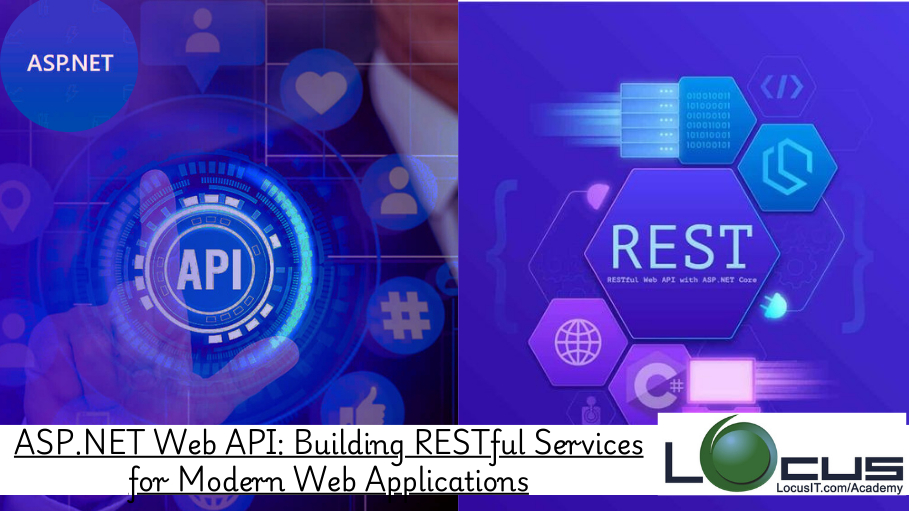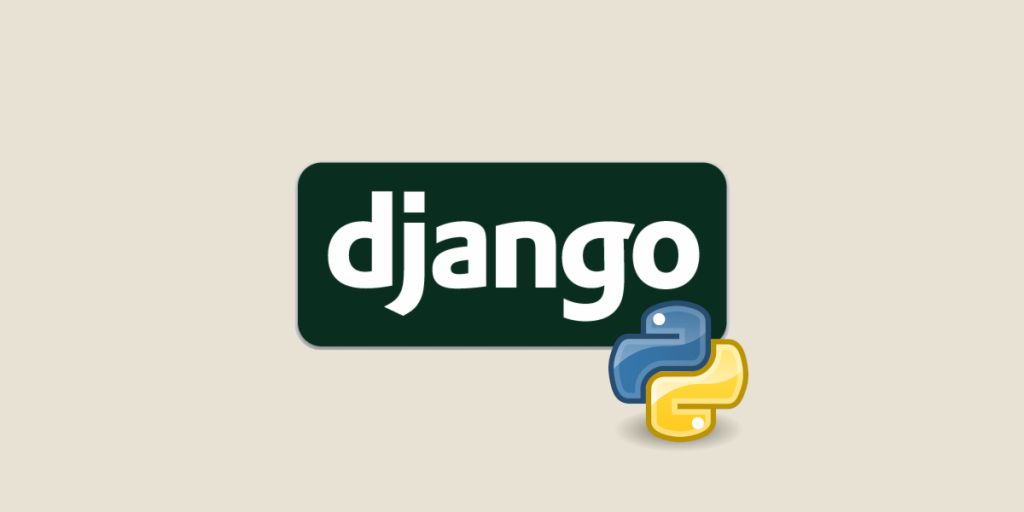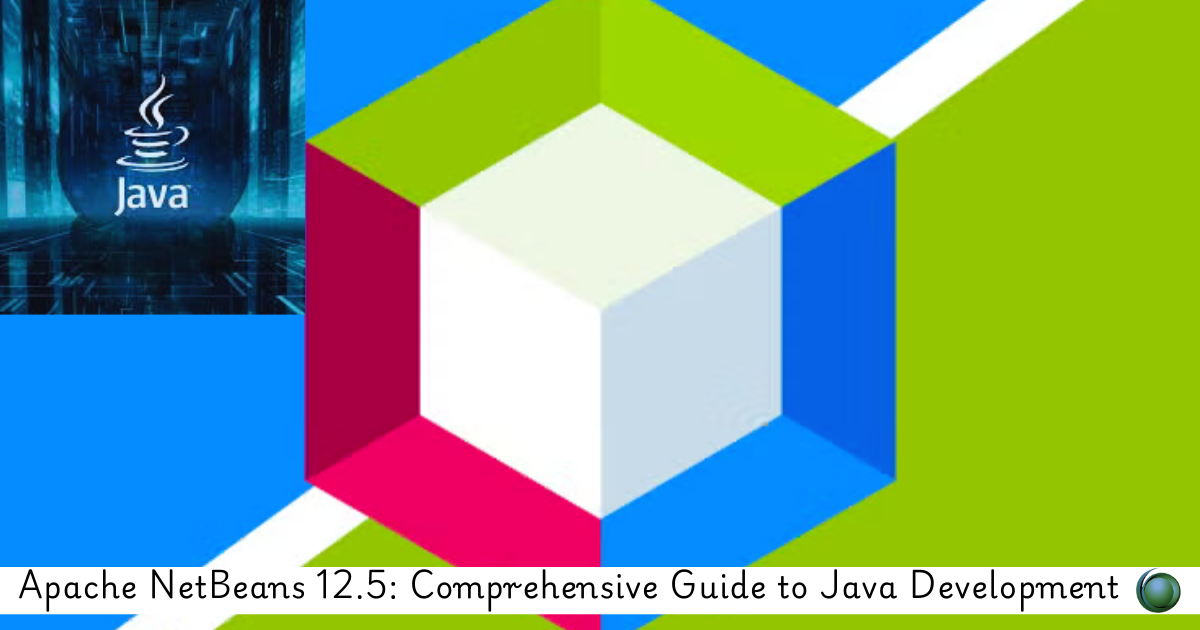Description
Introduction
In today’s world of interconnected systems and distributed applications, building efficient, scalable, and secure RESTful services is crucial for creating modern web applications. ASP.NET Web API is a powerful framework for developing these services, enabling seamless communication between different applications over HTTP. This course will cover the fundamentals of building Web APIs with ASP.NET, from setting up your first API to implementing complex business logic and handling security concerns. You will learn how to design RESTful APIs that are scalable, maintainable, and capable of handling large traffic loads while ensuring a smooth integration with client applications, including mobile apps, web front-ends, and third-party services.
By the end of this course, you will have the skills to create robust Web APIs that provide high performance, security, and reliability, ready for modern applications in any environment.
Prerequisites
- Basic knowledge of C# programming
- Familiarity with HTTP, RESTful principles, and web services
- Understanding of web application development concepts
- Familiarity with ASP.NET Core or MVC is recommended but not required
Table of Contents
- Introduction to Web API Development
1.1 What is Web API and Why is it Important?
1.2 Overview of RESTful Principles and HTTP Methods
1.3 How Web API Differs from Other Web Services (SOAP, WCF)
1.4 Key Components of ASP.NET Web API(Ref: ASP.NET MVC: Developing Scalable Web Applications with Model-View-Controller)
1.5 Setting Up Your First Web API Project in Visual Studio - Designing RESTful APIs with ASP.NET Web API
2.1 Structuring Your Web API for RESTful Principles
2.2 HTTP Methods (GET, POST, PUT, DELETE) and Status Codes
2.3 Defining Routes and Endpoints
2.4 Implementing Request and Response Models (DTOs)
2.5 Best Practices for Designing API Endpoints - Handling Data with Web API
3.1 Using Entity Framework Core to Access Databases
3.2 Defining Models and DbContexts for Web API Projects
3.3 Implementing CRUD Operations with Web API
3.4 Using LINQ to Query Data and Return Results
3.5 Handling Pagination, Filtering, and Sorting in API Responses - Authentication and Authorization in Web API
4.1 Securing Your Web API with Authentication
4.2 Implementing Token-Based Authentication (JWT)
4.3 Using OAuth for Third-Party Authentication
4.4 Implementing Role-Based Authorization for API Endpoints
4.5 Securing Data with SSL/TLS and HTTPS - Error Handling and Exception Management
5.1 Customizing Error Responses in Web API
5.2 Global Error Handling with Exception Filters
5.3 Implementing Validation and Model Binding Errors
5.4 Logging Errors and Creating Custom Error Logs
5.5 Returning User-Friendly Error Messages - Advanced Features of Web API
6.1 Versioning Your Web API for Backward Compatibility
6.2 Caching API Responses for Performance Optimization
6.3 Handling Asynchronous Operations in Web API
6.4 Customizing HTTP Request and Response Headers
6.5 Using Web API with Background Services (e.g., Queues, Worker Services) - Testing and Debugging Web APIs
7.1 Writing Unit Tests for Web API Controllers
7.2 Using Mocking Frameworks for Testing Web API Services
7.3 Testing API Endpoints with Postman and Swagger
7.4 Debugging Web API Code and Troubleshooting Errors
7.5 Continuous Integration and Automated Testing for Web API - Optimizing Web API Performance
8.1 Improving Response Time with Caching Strategies
8.2 Load Balancing Web API for High Availability
8.3 Throttling and Rate Limiting API Requests
8.4 Optimizing Database Queries to Improve Performance
8.5 Using CDN (Content Delivery Network) for Static Resources - Securing Web API Services
9.1 Implementing HTTPS and SSL for Secure Connections
9.2 Securing API Keys and Sensitive Data
9.3 Cross-Site Scripting (XSS) and Cross-Site Request Forgery (CSRF) Protection
9.4 Limiting Access with IP Whitelisting and Blacklisting
9.5 Securing API Endpoints with CORS (Cross-Origin Resource Sharing) - Deploying Web APIs
10.1 Preparing Web API for Production Deployment
10.2 Deploying Web API to IIS or Kestrel Web Server
10.3 Using Azure App Service for Deploying Web APIs
10.4 Configuring Continuous Deployment with Azure DevOps
10.5 Deploying Web API to Docker and Kubernetes - Scaling and Extending Web API Applications
11.1 Scaling Web API with Load Balancers
11.2 Integrating Web API with Third-Party Services and APIs
11.3 Supporting Real-Time Communication with SignalR
11.4 Creating Web API for Mobile and SPA (Single Page Applications)
11.5 Extending Web API with Middleware and Custom Filters - Hands-On Projects and Real-World Scenarios
12.1 Building a To-Do List API with Full CRUD Operations
12.2 Creating a Blogging API with Authentication and Authorization
12.3 Developing an E-commerce Product API with Caching and Pagination
12.4 Implementing an API for a Social Media Application
12.5 Building a Task Management API with Background Workers
Conclusion
By completing this course, you will gain a comprehensive understanding of how to build RESTful services using ASP.NET Web API. You will be equipped with the knowledge and practical skills to develop secure, high-performance, and scalable APIs that meet the demands of modern web applications. Whether you’re building data-driven services for mobile apps, web clients, or integrating with other systems, this course provides the foundation for building robust Web APIs that can be easily maintained and extended as your application evolves. With hands-on experience, you’ll be prepared to tackle real-world challenges and deliver powerful API solutions to your users.







Reviews
There are no reviews yet.